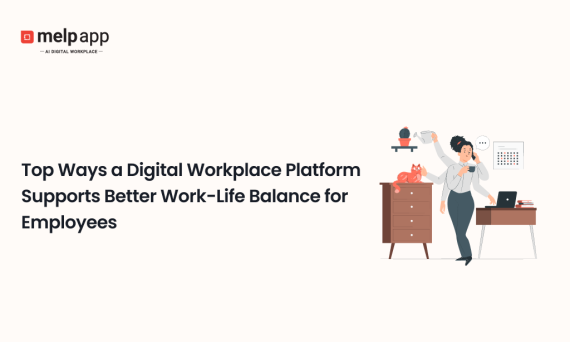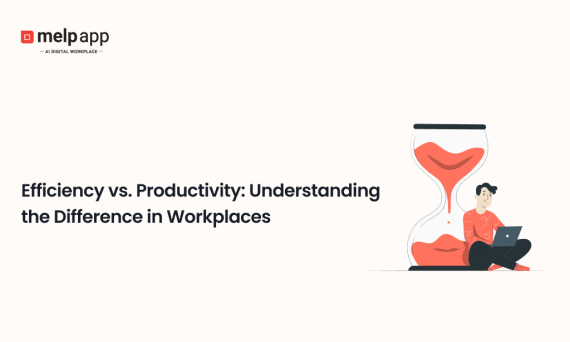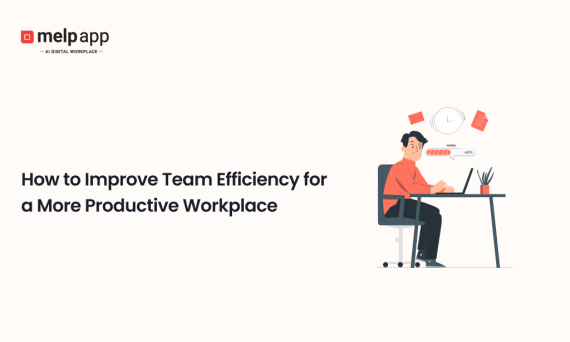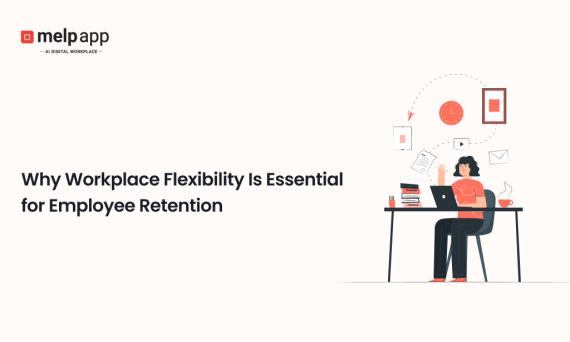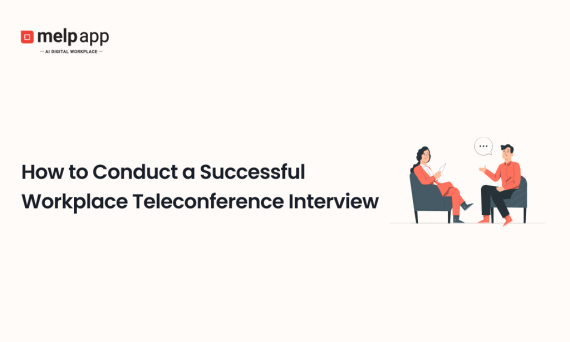Workplace Efficiency and Productivity
Every workplace wants to do more in less time, but speed alone isn’t success. The real win is balancing how work is done (efficiency) with what gets achieved (effectiveness). One improves the process; the other ensures the outcome matters. Together, they show whether a team is truly productive or just busy. Problems happen at the
Read More
Introduction Work–life balance is a top priority for employees and employers today. Work doesn’t only happen in an office anymore, and the line between work and personal time can blur fast if it’s not managed well. When organizations support people in balancing their professional and personal responsibilities, performance improves, burnout drops, and the culture gets
Read More
Introduction In most workplaces, people often use efficiency and productivity as if they mean the same thing. At first glance, they look similar, but they’re not the same. Knowing the Difference between efficiency and productivity helps teams and leaders set better goals, improve performance, and build a healthier work culture. When these ideas get mixed
Read More
A workplace where teams work smoothly feels different. Projects move forward without unnecessary delays, communication flows easily, and team members feel valued and motivated. Achieving this kind of environment is not a matter of luck. It comes from intentionally building and maintaining team efficiency. Improving team efficiency is not about pushing people to work faster.
Read More
Being good at your job is only part of the equation. Plenty of skilled people hit roadblocks when the right kind of support is missing. Feeling listened to, respected, and backed up makes it easier to focus and push through challenges. Without that, even small tasks can turn into long, draining struggles that wear you
Read More
Introduction The modern workplace is changing faster than ever. Remote technology, shifting employee priorities, and a competitive job market have transformed what people expect from their employers. Among these changes, one factor stands out as a true game-changer: workplace flexibility. For companies aiming to retain top talent, the ability to offer employees greater control over
Read More
These days, getting work done doesn’t require everyone to be under the same roof. In many companies, team members are spread across different cities, time zones, and even continents. What started as a quick solution during travel restrictions has turned into a normal part of how businesses operate: the virtual meeting. The draw is obvious.
Read More
Introduction Hiring today looks nothing like it did ten years ago. Instead of relying only on in-person meetings, many companies now use teleconference interviews for everything from the first conversation to the final decision. This approach saves time, cuts costs, and makes it possible to reach talent no matter where they live. For employers, it
Read More
Every business wants higher productivity, better performance, and a motivated workforce. But often, companies focus too heavily on tools and not enough on how those tools shape the daily experience of the people using them. In today’s fast-moving environment, the way employees interact with technology is just as important as the work they’re doing. Whether
Read More
With remote and hybrid work becoming the new normal, the way teams communicate has shifted. Online meetings are now part of everyday business. But let’s face it, not every virtual meeting leads to progress. When time is limited and attention spans are short, the goal is clear: make every meeting count. Whether you’re leading a
Read More

